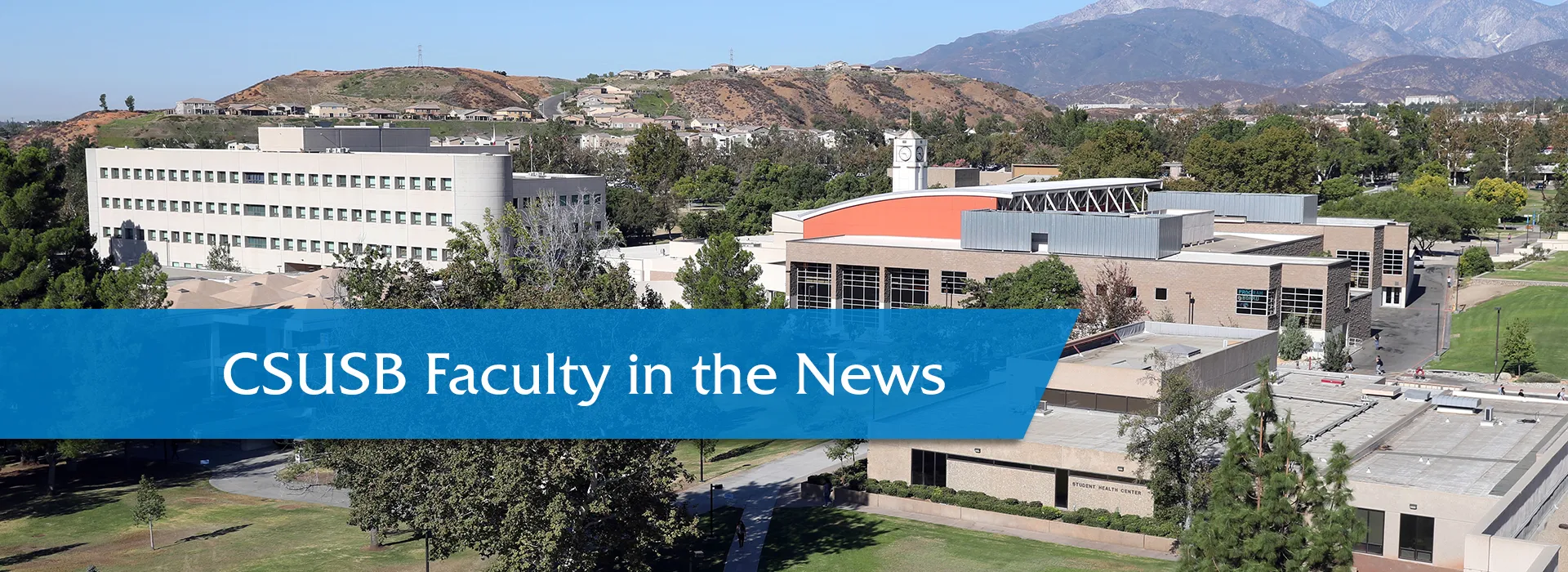
NOTE: Faculty, if you are interviewed and quoted by news media, or if your work has been cited, and you have an online link to the article or video, please let us know. Contact us at news@csusb.edu.
CSUSB hate crime study cited in article about effect of incendiary Russian social media adsSouthern Poverty Law CenterJune 6, 2018
The latest hate crime study by the Center for the Study of Hate and Extremism at CSUSB was cited in an article examining how Facebook ads placed by accounts with alleged Russian ties not only sowed racial and cultural division, but also preceded spikes in hate crimes.
In its May 18 report, “Hate Crime Rise in U.S. Cities and U.S. Counties in Time of Division and Foreign Interference,” the Center for the Study of Hate and Extremism (CSHE) found that hate crimes in 2017 rose for the fourth straight year, reaching their highest total in over a decade — even as crime in general in the United States continued to decline.
A subsection of the report examined the correlation between the USA Today data and the particularized hate-crime figures in its report, and found that there was a clear correspondence between both the frequency of the ads and the numbers of bias crimes, as well as between the targeted minorities in the ads and the hate crimes committed against them.
Their data indicated that “hate crime spikes in the fourth quarter 2016 rose most dramatically in specific subcategories referenced in the Russian ads, and that these increases were nearly coextensive with increases in Russian race-related ad activity.” The data also “showed spikes against various groups referenced in these ads during certain periods of increased Russian Facebook ad purchases.”
Much like a similar study that found a powerful correlation between President Trump’s anti-Muslim and anti-immigrant tweets and hate crimes against those minorities, the correspondence in numbers does not prove causation, but does indicate a role in the phenomenon.
“The significant correlation alone does not allow an outright conclusion respecting causation of the tremendous election time spike,” explained Brian Levin, director of the Center, which is based at Cal State University-San Bernardino. “Still, it is well worth noting that cumulatively there were 24.8 million impressions of the racially divisive Facebook ad placements alone from June 2015 to August 2017, with millions more related to crime, policing and immigration.'
Read the complete article at “Racially incendiary Russian ads apparently had their intended effect.”
This news clip and others may be found at “In the Headlines” on the Inside CSUSB website.